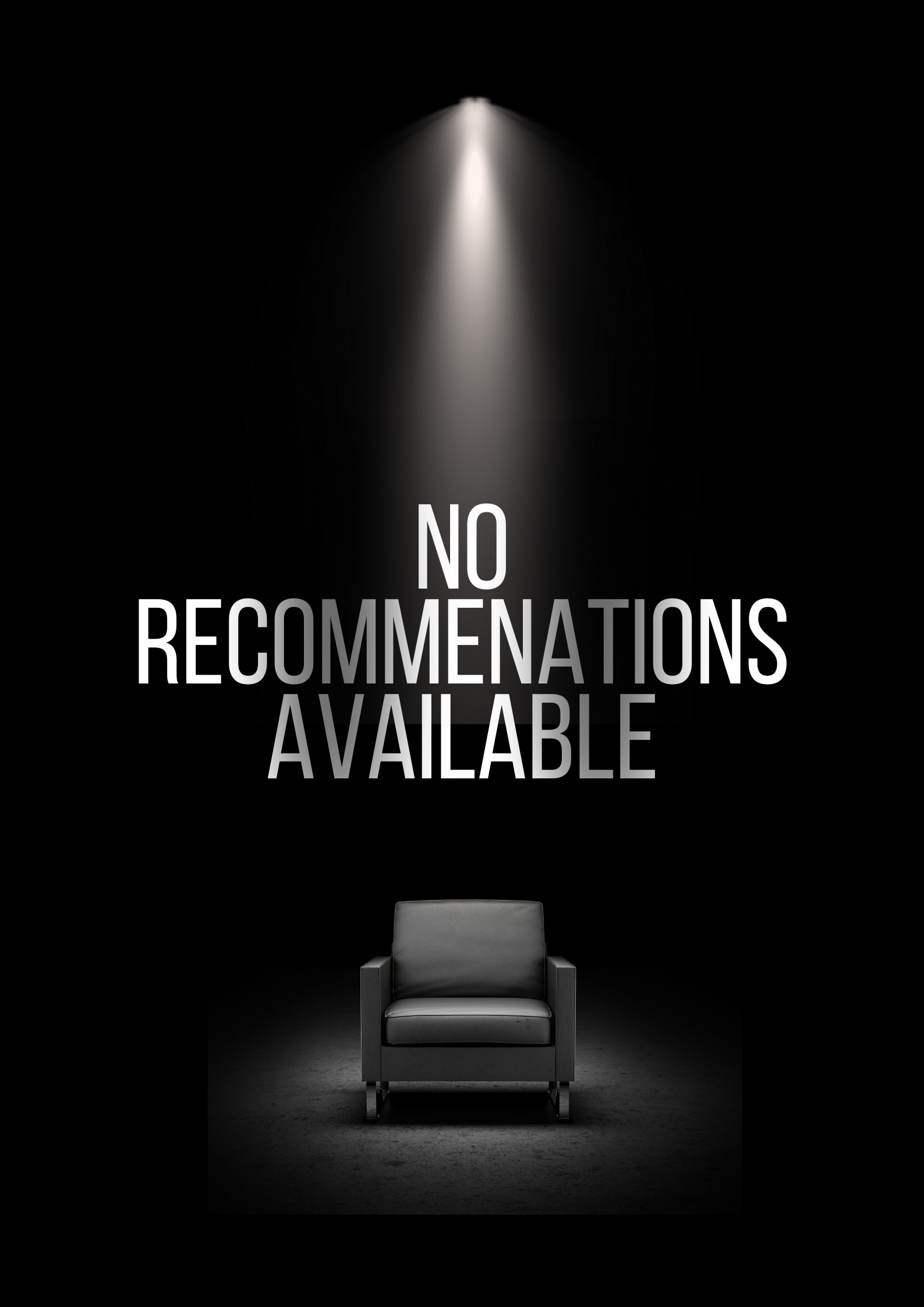Clear Skies, Light Breeze
2014
0h 40m
0.0(0 votes)
Documentary
Overview
Clear Skies, Light Breeze, is a 2013 visual essay by Tati expert Stéphane Goudet about the debut of Monsieur Hulot
Links & Resources
Social & External
Production Companies
Cast & Crew
1 member
Directing
Stéphane Goudet
Narrator
No Image
Similar Movies
Recommended Movies

No Recommendations Yet
We're working on finding the perfect movies for you. Check back soon!
More movies coming soon

















